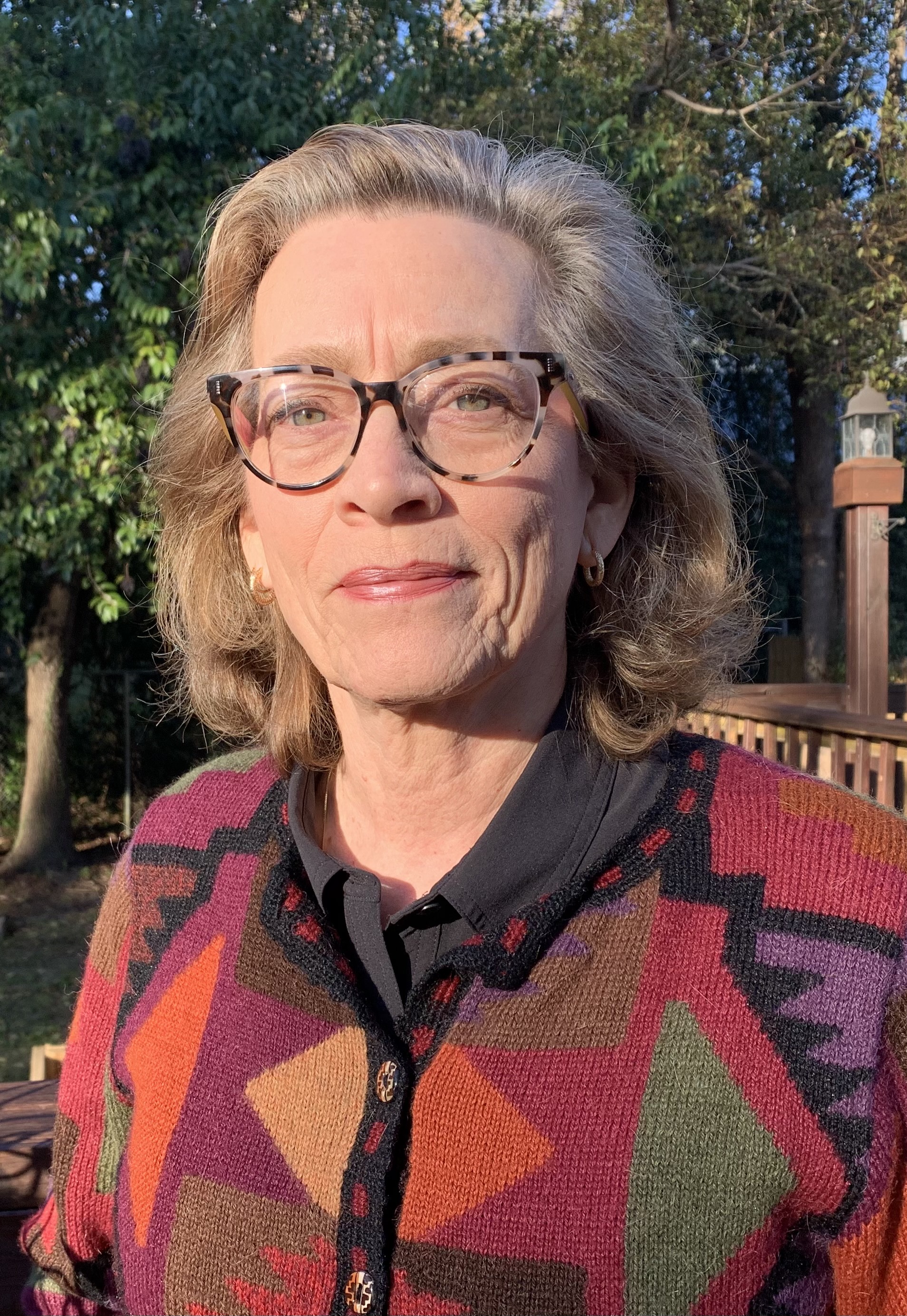Positive Identity Development in the Autistic Child
What can parents, teachers, and therapists do to encourage a positive sense of self in autistic children and teens? What can we do to avoid the obstacles to healthy and positive identity development?
First, what is identity development, and when does it occur? Contrary to popular belief, identity development is not restricted to childhood and adolescence; it is a process that may last a lifetime. Childhood and adolescence, however, are important developmental periods where the bulk of the initial work occurs.
| Developing “autistic pride” results in more positive outcomes in various life endeavors. A better quality of life is obtained by most individuals who are proud of their unique qualities as an autistic person. |
Fundamentally, identity is our concept of “who I am.” This is complex, spanning multiple domains of our experience. Asking the question, “Who am I?” may include questions of gender, religion, morality, culture, “normality,” and so much more. And how do we figure this out? Initially, we compare ourselves with family members, as they are our primary contacts early in life. As our exposure to others broadens in various social settings, we compare ourselves with school peers, perhaps with a religious community, and with neighbors on our street. Our development of identity may start with simple self-statements such as: “I have blue eyes and brown hair,” “I am a girl,” or “I’m Jewish.” In the teen years, more common self-statements are heavily peer-influenced: “I’m cuter than Jenna,” “I’m a faster runner than Jada,” and “I’m not very well liked at school.” As identity development continues into adulthood, we identify our core personality characteristics, such as “I’m a very honest person,” “I’m a hard-working employee,” “I am smart,” or “I’m kind and generous.”
 Identity development occurs primarily in interactions with others in our social world, and some autistic children or teens may have deficits in using comparative frames of reference. As we all know, the thoughtless cruelty of middle schoolers and teens is legendary. A wonderful young boy or girl can be made to feel horribly defective by peers, despite parental reassurances. But this is where the lack of focus on peer evaluations can be a buffer for the autistic child. Peers’ opinions are not that important to many autistic children. A review of multiple research articles on identity development in autistic persons1 shows that an “atypical sense of self” is not unusual and that a fragmented sense of identity may be protective in childhood and adolescence, if not beyond.
Identity development occurs primarily in interactions with others in our social world, and some autistic children or teens may have deficits in using comparative frames of reference. As we all know, the thoughtless cruelty of middle schoolers and teens is legendary. A wonderful young boy or girl can be made to feel horribly defective by peers, despite parental reassurances. But this is where the lack of focus on peer evaluations can be a buffer for the autistic child. Peers’ opinions are not that important to many autistic children. A review of multiple research articles on identity development in autistic persons1 shows that an “atypical sense of self” is not unusual and that a fragmented sense of identity may be protective in childhood and adolescence, if not beyond.
Research shows that many autistic children and adolescents perceive themselves as not socially or physically competent. They exhibit poorer ratings of global self-worth in comparison to their non-autistic peers. They may become socially isolated as non-autistic peers marginalize them, further exacerbating the perception of difference. Impaired social relations and communications skills result in diminished self-awareness, which has implications for this aspect of identity development.
Many persons with diagnosed (or undiagnosed) mental disorders suffer from the stigma generated by an under-educated public who neither understands nor accepts the unique characteristics of these persons. That is bad enough, but some sensitive souls internalize that stigma3 and this can serve as an obstacle to an individual’s full self-actualization in school, employment, relationships, and other settings. We might refer to this specific stigma in autistic persons as “autistic shame,” and it serves as a major obstacle to healthy self-esteem. The development of “autistic pride” instead results in more positive outcomes in various life endeavors; in short, a better quality of life is obtained by most of those individuals who are proud of their unique qualities as autistic persons.4

What Parents, Teachers, and Therapists Can Do
Identity development in autistic youth is multidimensional. Autistic pride develops through strengths-based programs and supports, according to a recent study.5 These might include the following approaches:
1. Start with a very informal self-assessment:
Ask your child to name five words that describe his personality, or how they see themselves as a person. This will provide clues as to how they see themselves. (You might need to start this exercise by naming five words you would use to describe yourself, to show your child what you’re asking for.)
2. Focus on the positives of an autism diagnosis.
Share the specifics of the relevant diagnosis with your child when they are developmentally/cognitively able to understand. In general, beginning by talking about “differences” can be helpful; look around your community and point out the positive characteristics of anyone who might be considered “different” according to the dominant culture’s norms. (For example: Can you think of some assets to being very tall? Very short?) Note that some youngsters will not want to be locked into an autistic identity, so exploring a variety of categories of difference may be helpful.
3. Focus on your child’s unique demonstrated strengths.
This might include concrete examples such as “You’re so good at quadratic equations” or “I can see how kind you are to Fido.” This attention to specific strengths and skills builds self-esteem.
4. Be an advocate for support- and strengths-based programming at your child's school.
This includes the provision of appropriate accommodations such as extra time on tests, a note-taker, or whatever has been recommended for your child. Removing obstacles to achievement is essential for every developing child. Advocacy also includes proposing ASD education and training for faculty and staff, if needed.
 5. Provide social groups that are designed for the autistic child or teen.
5. Provide social groups that are designed for the autistic child or teen.
This could be within school, church, or therapy settings. This will help with the very normal human need to “belong” that is especially prevalent in adolescence,6 but plays a role at every age. Remember that ASD social groups are just one part of healthy social belonging and identity development; make room for other groups with a social component, such as sports teams, clubs for special career interests, 4-H, Dungeons & Dragons, or Magic the Gathering group play, orchestra, or something else in which your child has a distinct interest or skill. Such affinity groups are a great way for your child to have that sense of belonging and being valued by peers.
6. Encourage your middle-school or high-school autistic student to explore ASD culture.
Provide tangible support to allow for this exploration. Remember that the timing of this kind of journey is very individual-specific. Not every teen will be interested in this at their unique developmental stage; think of it as opening a door for future exploration if they aren’t ready yet.
Every child and teen is unique and will experience autism --and their identity-- differently. The role of parents, teachers, and therapists is to support, guide, and build opportunities for the development of a positive identity across the many dimensions of each child’s personality.
References:
1. Fitzgerald and Lyons, 2012, “Atypical Sense of Self in Autism Spectrum Disorders: A Neurocognitive Perspective” in Fitzgerald (ed.), Recent Advances in Autism Disorders -- Volume I. DOI: 10.5772/53680
2. Cresswell, Lily, and Eilidh Cage. “'Who Am I?': An Exploratory Study of the Relationships Between Identity, Acculturation and Mental Health in Autistic Adolescents.” Journal of autism and developmental disorders vol. 49,7 (2019): 2901-2912. doi:10.1007/s10803-019-04016-x
3. T.A.M. McDonald. “Autism Identity and the ‘Lost Generation’: Structural Validation of the Autism Spectrum Identity Scale and Comparison of Diagnosed and Self-Diagnosed Adults on the Autism Spectrum.” In Autism in Adulthood. Mar 2020.13-23.http://doi.org/10.1089/aut.2019.0069
4. Ibid.
5. Ariana Riccio, June 2020, Exploring Influences on Autistic Identity Development in Adolescence and Early Adulthood, dissertation City University of New York. Retrieved February 18, 2021 from https://academicworks.cuny.edu/cgi/viewcontent.cgi?article=4861&context=gc_etds
6. Cresswell, Lily, and Eilidh Cage. “'Who Am I?': An Exploratory Study of the Relationships Between Identity, Acculturation and Mental Health in Autistic Adolescents.” Journal of autism and developmental disorders vol. 49,7 (2019): 2901-2912. doi:10.1007/s10803-019-04016-x

Signe M. Kastberg
Signe M. Kastberg is a licensed mental health counselor with a PhD in Human Development. She taught and directed a Master’s degree program in Mental Health Counseling. She is a psychotherapist, consultant, author, certified in personality typology and is a board-certified clinical sexologist.




